Are you considering shipping from Vietnam to the US, but unsure about the costs involved?
In this comprehensive guide, we will explore the various factors that influence shipping expenses, including different shipping methods and their impact on overall costs. Additionally, we will break down average shipping costs, outline potential extra fees, and provide actionable tips to help you optimize your shipping experience. Join us as we navigate the complexities of international shipping and uncover the best practices to make your logistics journey smooth and cost-effective.
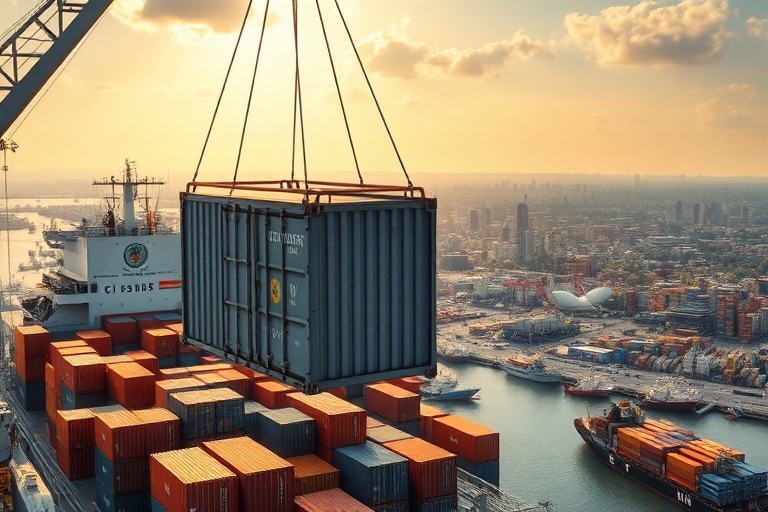
Understanding the Cost of Shipping from Vietnam to the US
Shipping from Vietnam to the US is a crucial aspect for businesses looking to import goods efficiently and cost-effectively. Understanding the cost structure is essential for making informed decisions. Several factors influence shipping costs, leading to variations depending on the shipping method, package size, and weight. For a detailed overview of shipping costs, you can refer to the cost of shipping from vietnam to usa.
Factors Affecting Shipping Costs from Vietnam to the US
Distance and Route: The distance between Vietnam and the US, along with the shipping route chosen, significantly affects the cost. Longer routes typically incur higher fuel and operational expenses.
Shipping Method: The choice of freight method—whether air freight, sea freight, or rail freight—plays a vital role in determining costs. Air freight is faster but often more expensive, while sea freight is slower but generally more economical for larger shipments. For an in-depth look at air freight, visit Air Freight.
Package Size and Weight: Shipping costs are generally calculated based on the dimensions and weight of the package. Heavier and bulkier items will lead to higher shipping rates. Freight forwarders often use dimensional weight pricing, which considers both the actual weight and the size of the shipment.
Seasonality and Demand: Shipping costs can fluctuate based on seasonal demand. Peak seasons, such as before major holidays, can lead to increased rates due to higher demand for cargo space.
Fuel Prices: Variations in fuel prices can directly impact shipping costs, as shipping companies may pass on these costs to customers.
Insurance and Additional Services: Opting for insurance to protect your shipment from potential loss or damage can increase overall costs. Similarly, additional services like packaging and warehousing can also affect the final price.
Different Shipping Methods and Their Impact on Costs
Air Freight: Typically, air freight is the fastest method for shipping goods from Vietnam to the US, with transit times ranging from 3 to 7 days. However, it comes at a premium price, making it suitable for high-value or time-sensitive items. Average costs for air freight can range from $5 to $10 per kilogram, depending on the specifics of the shipment.
Sea Freight: Sea freight is more cost-effective for bulk shipments, with transit times ranging from 20 to 40 days. The average cost can vary significantly based on container size and distance. For a 20-foot container, the cost from Vietnam to the US can range from $1,000 to $3,500, while a 40-foot container may cost between $2,000 to $5,000. These rates can fluctuate based on various factors, including port fees and handling charges. For more information about sea freight, check out Sea Freight.
Rail Freight: Though less common for shipments from Vietnam to the US, rail freight can be a cost-effective option for certain routes, especially when combined with sea freight. It offers a balance between speed and cost, typically ranging between the two methods above.
Express Services: Some logistics companies provide express shipping options, which guarantee faster delivery times but at a higher cost. These services can be particularly useful for critical shipments.
In conclusion, selecting the right shipping method involves evaluating the urgency of the shipment, budget constraints, and the nature of the goods being transported. Understanding these factors can help importers from Vietnam to the US make more informed decisions, ultimately leading to cost savings and operational efficiency. For further details on shipping from Vietnam to the US, you can visit Shipping From Vietnam To US.
Additional Fees and Charges in Shipping from Vietnam
When importing goods from Vietnam to the United States, it is crucial to understand that the shipping cost does not solely encompass the basic freight charges. Additional fees and charges can significantly affect the overall expenditure. Below, we explore some of the common expenses incurred during shipping.
Customs Duties and Taxes for US Imports
One of the primary additional costs involved in shipping from Vietnam to the US is the customs duties and taxes levied by the US government. The duty rate can vary widely depending on the type of goods being imported. For example, textiles may attract different rates than electronics.
Customs Duties: These are tariffs imposed by the US Customs and Border Protection (CBP) on goods imported into the country. They are calculated based on the customs value of the goods, which typically includes the cost of the goods, insurance, and freight.
Import Taxes: In addition to customs duties, imports may also be subject to sales tax or other fees depending on the state of entry.
Documentation Fees: When importing, ensuring that all necessary paperwork is accurately completed can help avoid unexpected fees. This includes invoices, packing lists, and bills of lading.
To provide a clearer picture, here’s a simplified breakdown of potential customs duties and taxes for various product categories:
| Product Category | Average Duty Rate (%) |
|---|---|
| Apparel | 16% |
| Electronics | 0-5% |
| Footwear | 8-37% |
| Machinery | 0-5% |
For more detailed information regarding specific products, you can consult the US Harmonized Tariff Schedule at hts.usitc.gov.
Handling Fees and Insurance Costs
Shipping involves various handling fees that can accumulate based on the logistics provider and the complexities of your shipment. Common handling fees include:
Terminal Handling Charges: These are fees charged for loading and unloading containers at ports. They can vary by port and service provider.
Documentation Fees: These fees cover the administrative costs associated with preparing and processing shipping documents.
Insurance Costs: To safeguard against potential loss or damage during transit, obtaining cargo insurance is advisable. The insurance premium typically depends on the value of the goods being shipped.
It is essential to understand these additional fees to accurately assess the total cost of shipping from Vietnam to the US.
Tips for Reducing Shipping Costs from Vietnam to the US
Shipping costs can be significantly reduced with careful planning and strategic decisions. Here are some effective tips:
Utilizing Consolidation Services to Lower Costs
Consolidation services involve combining multiple shipments into one larger shipment. This method helps in sharing the total shipping costs, reducing the overall expenses.
Cost Efficiency: By consolidating shipments, you can take advantage of lower freight rates that are often available for larger volume shipments.
Simplified Logistics: Working with a freight forwarder that offers consolidation services, like Dantful International Logistics, allows you to streamline your shipping process, saving both time and money.
Best Practices for Optimizing Packaging and Shipping
Optimizing your packaging is a crucial factor in reducing shipping costs. Here are a few strategies:
Use Appropriate Packaging: Ensure that your goods are packaged securely and efficiently to minimize wasted space. This can help reduce dimensional weight charges, particularly for air freight.
Consider Weight Limits: Shipping lighter packages can significantly lower costs. Ensure that your goods are not overloaded with unnecessary packaging materials.
Plan Shipments Strategically: Timing your shipments can also impact costs. For example, shipping during off-peak seasons may yield lower rates due to reduced demand.
By implementing these practices, you can effectively manage your shipping expenses when importing from Vietnam to the US.
READ MORE:
- Shipping From China to the USA
- Shipping From China TO Canada
- Shipping From China TO Mexico
- Shipping From China to Panama
- Shipping From China to Costa Rica
- Shipping From China to Brazil
- Shipping From China TO Colombia
- Shipping From China to Jamaica
- Shipping From China to Venezuela
- Shipping From China to Argentina
Choosing the Right Freight Forwarder for Your Shipment
Selecting a qualified freight forwarder is paramount to ensuring a smooth shipping process. As an importer, consider the following factors when choosing your logistics partner.
The Importance of Experience in Logistics from Vietnam
Working with a freight forwarder that has extensive experience in handling shipments from Vietnam is invaluable. An experienced forwarder will:
Navigate Regulations: They will be well-versed in customs regulations and ensure compliance, minimizing delays and penalties.
Provide Insights: Experienced logistics providers can offer valuable insights into best practices, potential challenges, and solutions tailored to your specific needs.
Evaluating Service Offerings and Cost Structures
When selecting a freight forwarder, evaluate their service offerings and cost structures:
Comprehensive Services: Look for providers that offer a full range of services, such as ocean freight, air freight, customs clearance, and door-to-door delivery. This ensures that your entire logistics process is managed seamlessly.
Transparent Pricing: Ensure that the forwarder provides clear pricing structures with no hidden fees. A reputable company like Dantful International Logistics prides itself on offering cost-effective and high-quality services.
By considering these factors, you can choose the right freight forwarder to facilitate your shipment from Vietnam to the US, ensuring efficiency and cost-effectiveness.

Young Chiu is a seasoned logistics expert with over 15 years of experience in international freight forwarding and supply chain management. As CEO of Dantful International Logistics, Young is dedicated to providing valuable insights and practical advice to businesses navigating the complexities of global shipping.

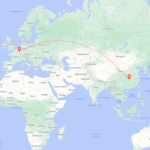

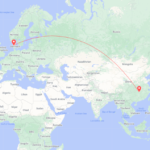


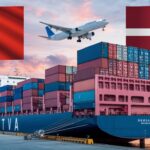
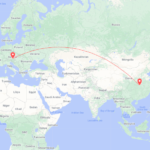
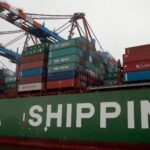
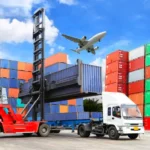



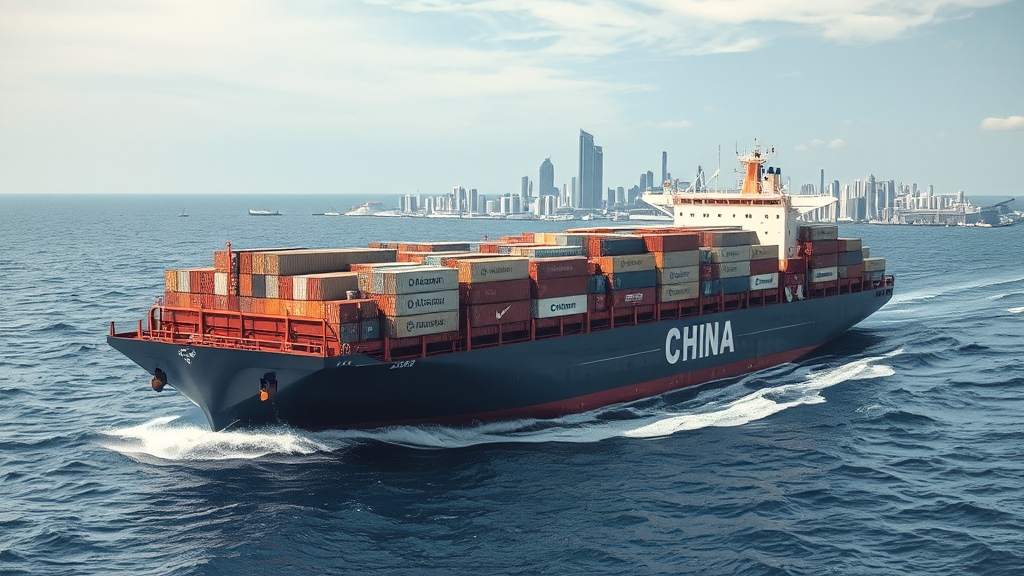
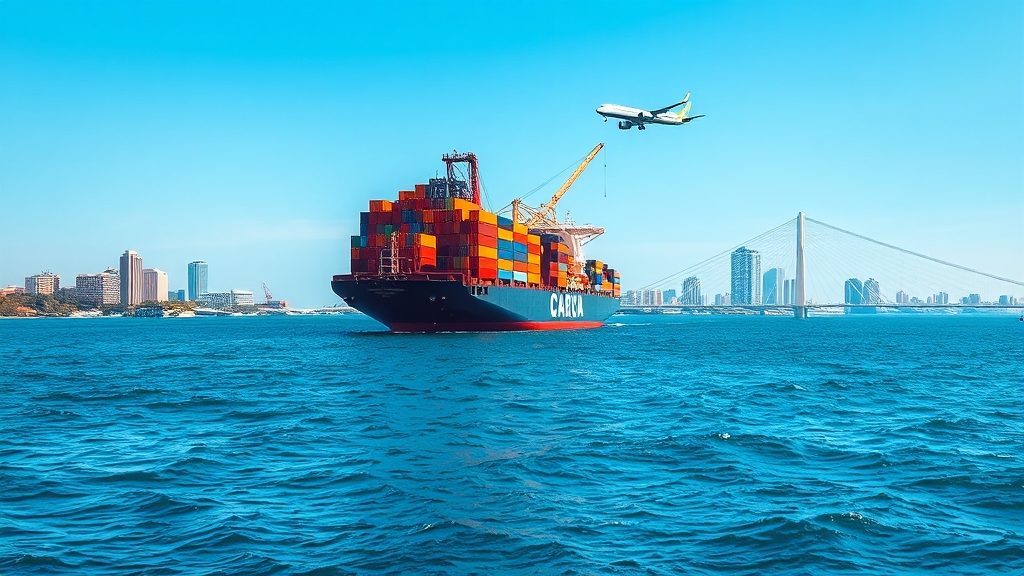
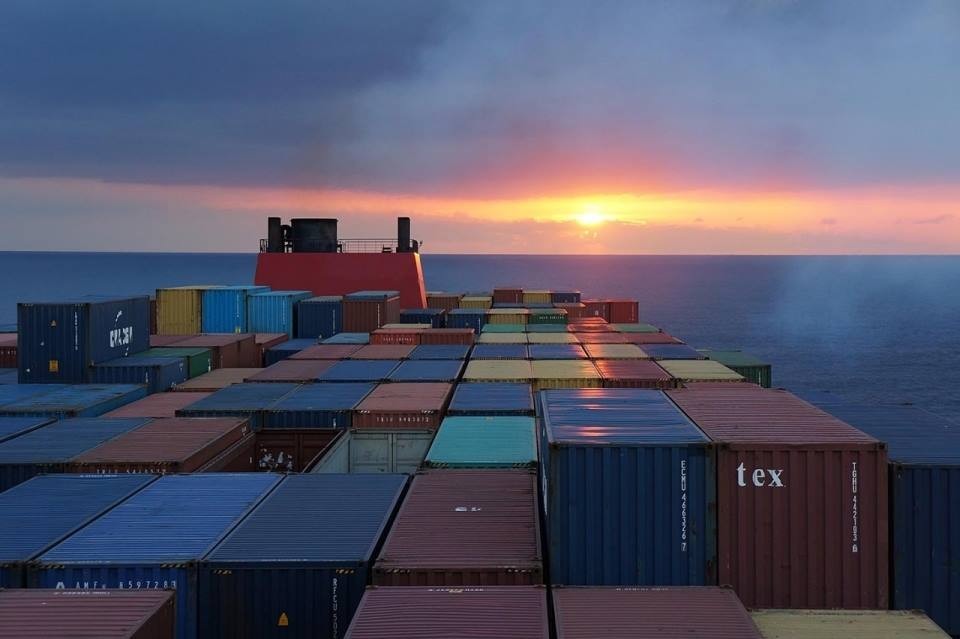
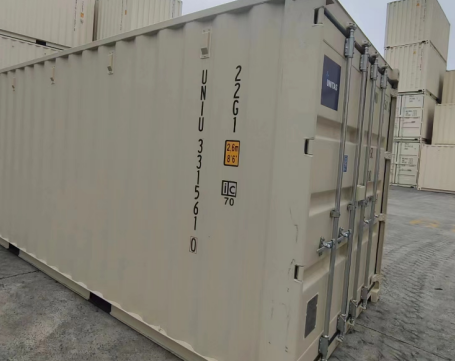

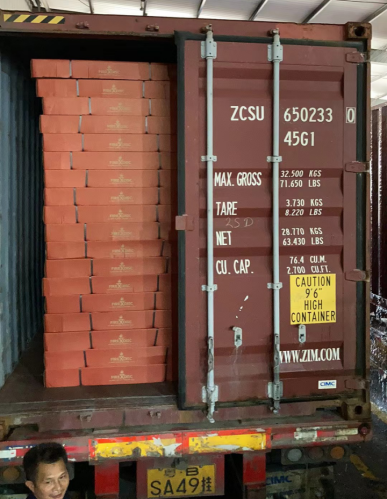

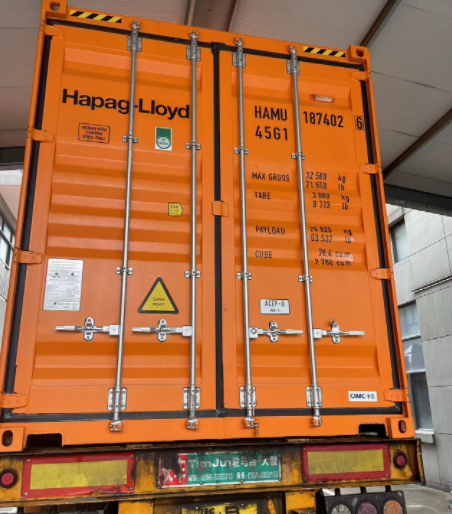
 Afrikaans
Afrikaans Shqip
Shqip አማርኛ
አማርኛ العربية
العربية Հայերեն
Հայերեն Azərbaycan dili
Azərbaycan dili Euskara
Euskara Беларуская мова
Беларуская мова বাংলা
বাংলা Bosanski
Bosanski Български
Български Català
Català Cebuano
Cebuano Chichewa
Chichewa 简体中文
简体中文 繁體中文
繁體中文 Corsu
Corsu Hrvatski
Hrvatski Čeština
Čeština Dansk
Dansk Nederlands
Nederlands English
English Esperanto
Esperanto Eesti
Eesti Filipino
Filipino Suomi
Suomi Français
Français Galego
Galego ქართული
ქართული Deutsch
Deutsch Ελληνικά
Ελληνικά Kreyol ayisyen
Kreyol ayisyen Harshen Hausa
Harshen Hausa Ōlelo Hawaiʻi
Ōlelo Hawaiʻi עִבְרִית
עִבְרִית हिन्दी
हिन्दी Hmong
Hmong Magyar
Magyar Íslenska
Íslenska Igbo
Igbo Bahasa Indonesia
Bahasa Indonesia Gaeilge
Gaeilge Italiano
Italiano 日本語
日本語 Basa Jawa
Basa Jawa ಕನ್ನಡ
ಕನ್ನಡ Қазақ тілі
Қазақ тілі ភាសាខ្មែរ
ភាសាខ្មែរ 한국어
한국어 كوردی
كوردی Кыргызча
Кыргызча ພາສາລາວ
ພາສາລາວ Latin
Latin Latviešu valoda
Latviešu valoda Lietuvių kalba
Lietuvių kalba Lëtzebuergesch
Lëtzebuergesch Македонски јазик
Македонски јазик Malagasy
Malagasy Bahasa Melayu
Bahasa Melayu മലയാളം
മലയാളം Maltese
Maltese Te Reo Māori
Te Reo Māori मराठी
मराठी Монгол
Монгол ဗမာစာ
ဗမာစာ नेपाली
नेपाली Norsk bokmål
Norsk bokmål پښتو
پښتو فارسی
فارسی Polski
Polski Português
Português ਪੰਜਾਬੀ
ਪੰਜਾਬੀ Română
Română Русский
Русский Samoan
Samoan Gàidhlig
Gàidhlig Српски језик
Српски језик Sesotho
Sesotho Shona
Shona سنڌي
سنڌي සිංහල
සිංහල Slovenčina
Slovenčina Slovenščina
Slovenščina Afsoomaali
Afsoomaali Español
Español Basa Sunda
Basa Sunda Kiswahili
Kiswahili Svenska
Svenska Тоҷикӣ
Тоҷикӣ தமிழ்
தமிழ் తెలుగు
తెలుగు ไทย
ไทย Türkçe
Türkçe Українська
Українська اردو
اردو O‘zbekcha
O‘zbekcha Tiếng Việt
Tiếng Việt Cymraeg
Cymraeg יידיש
יידיש Yorùbá
Yorùbá Zulu
Zulu